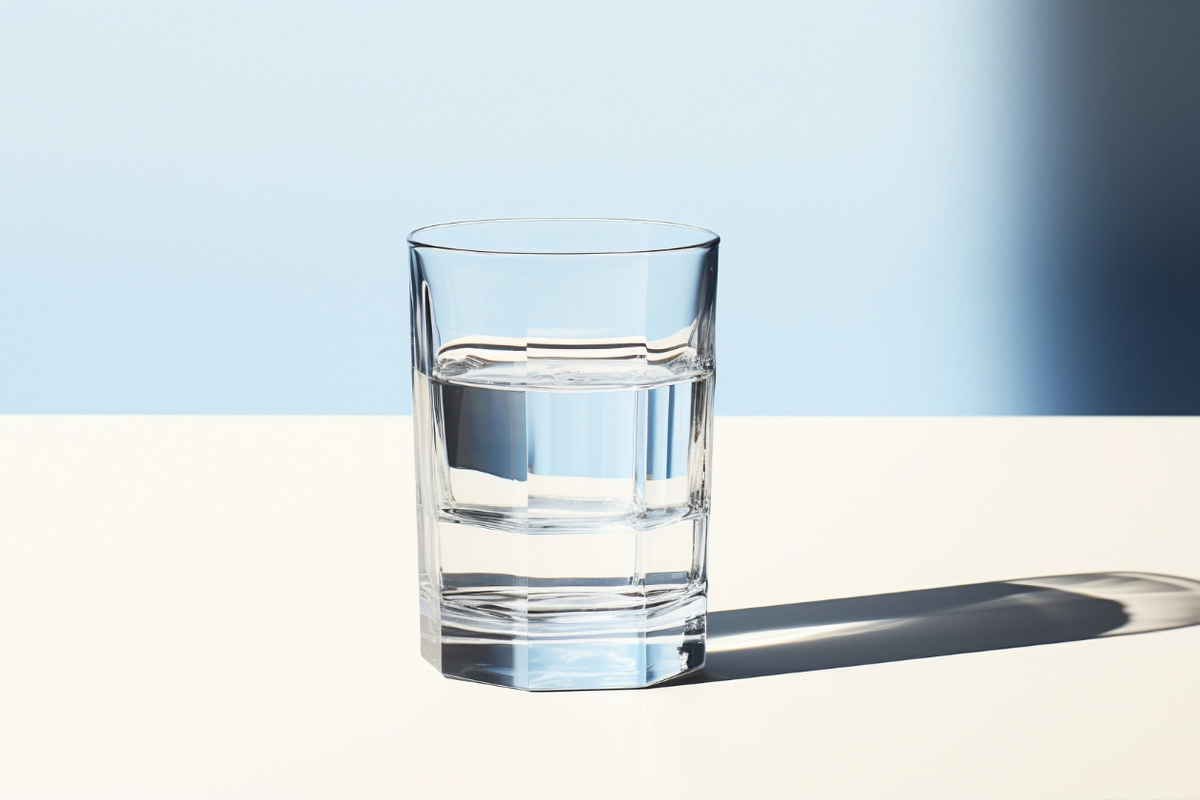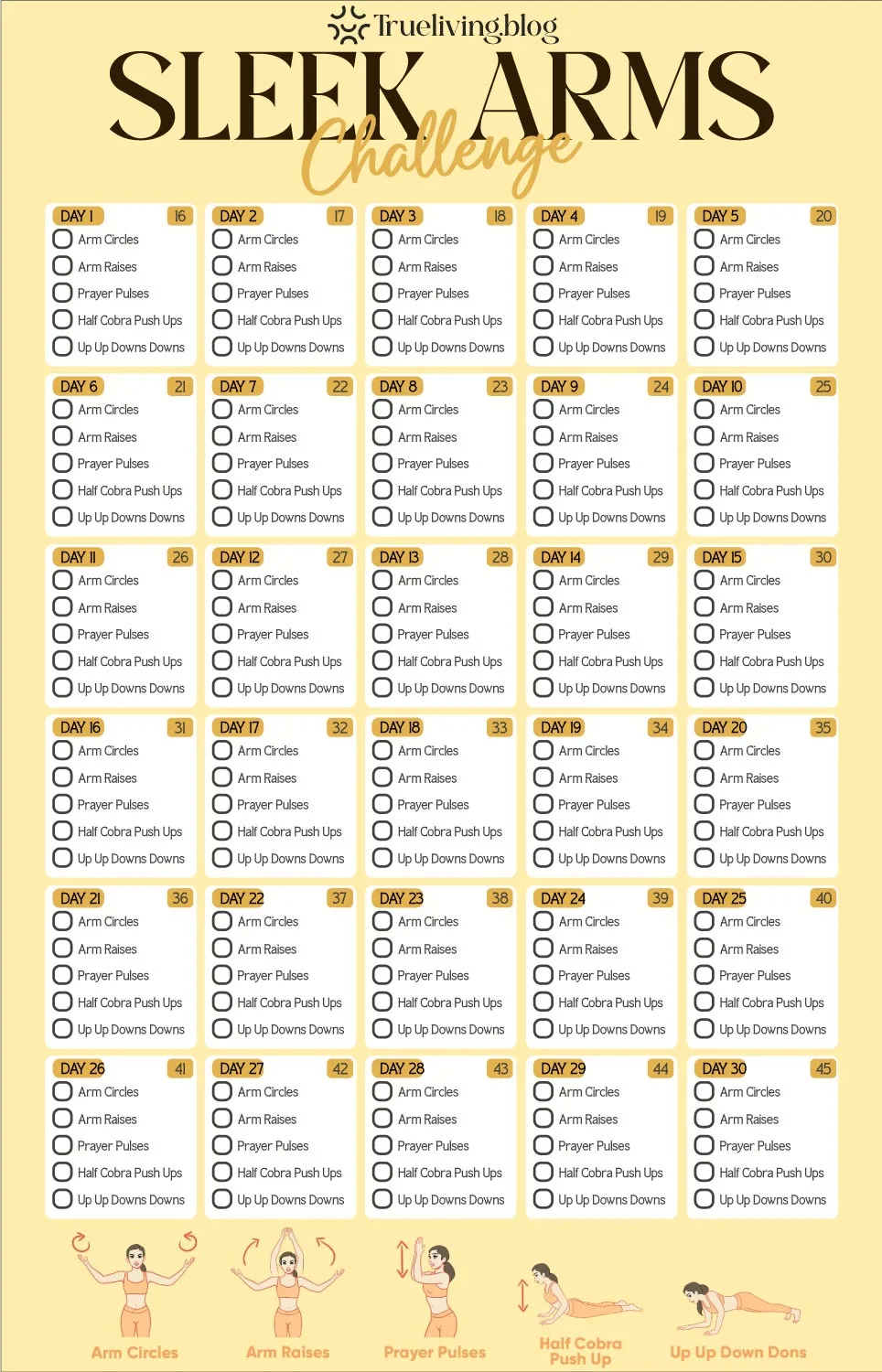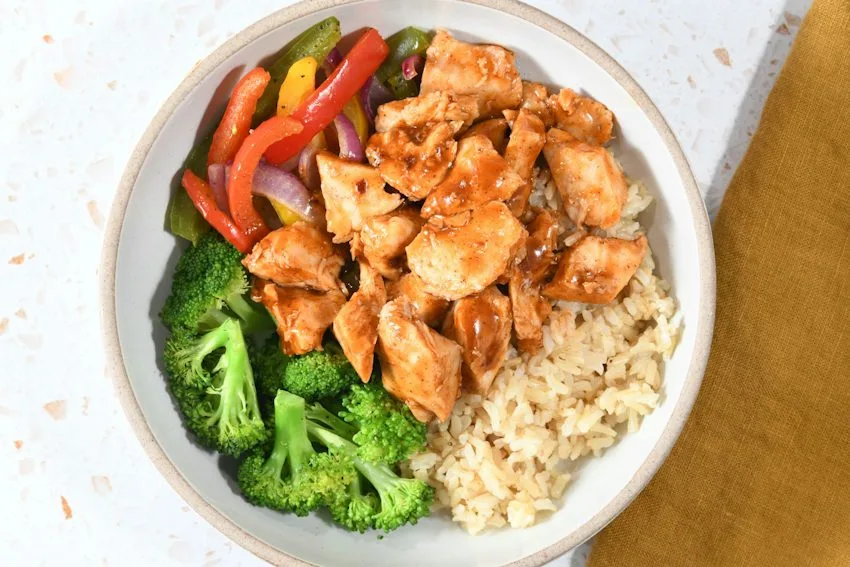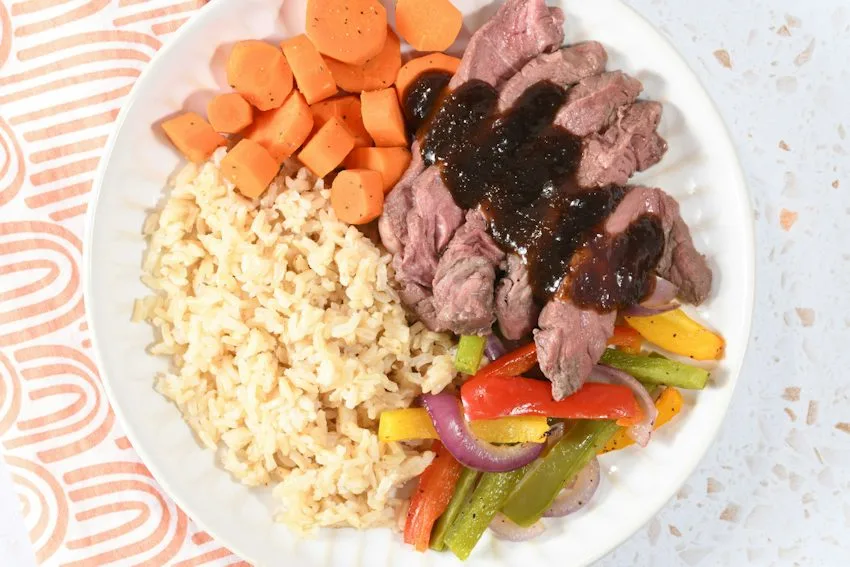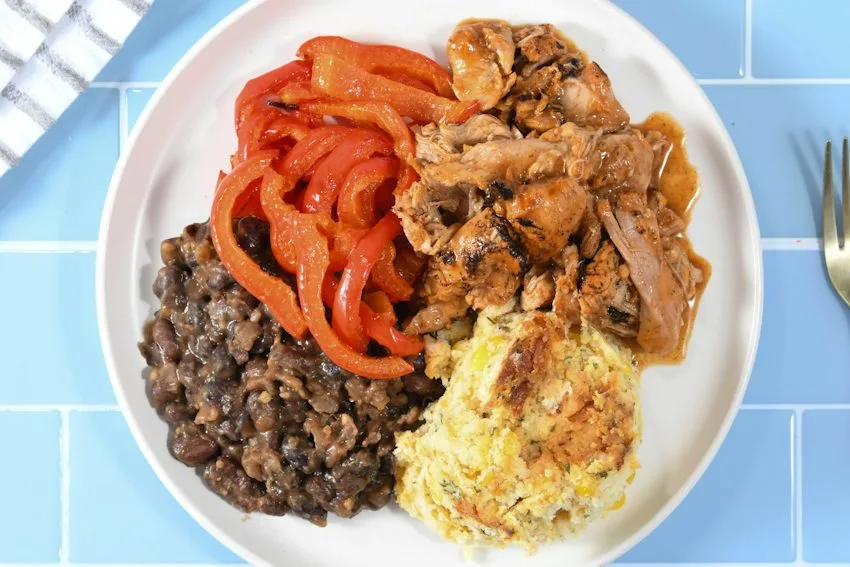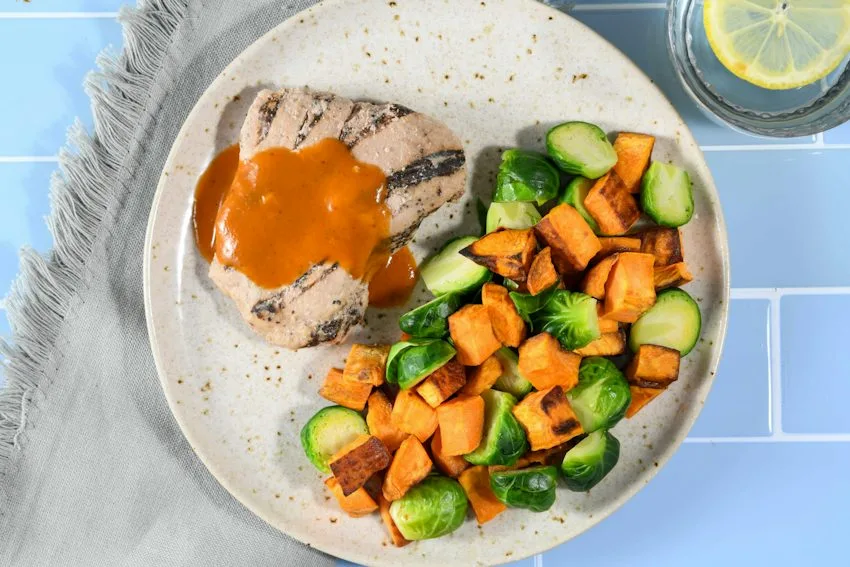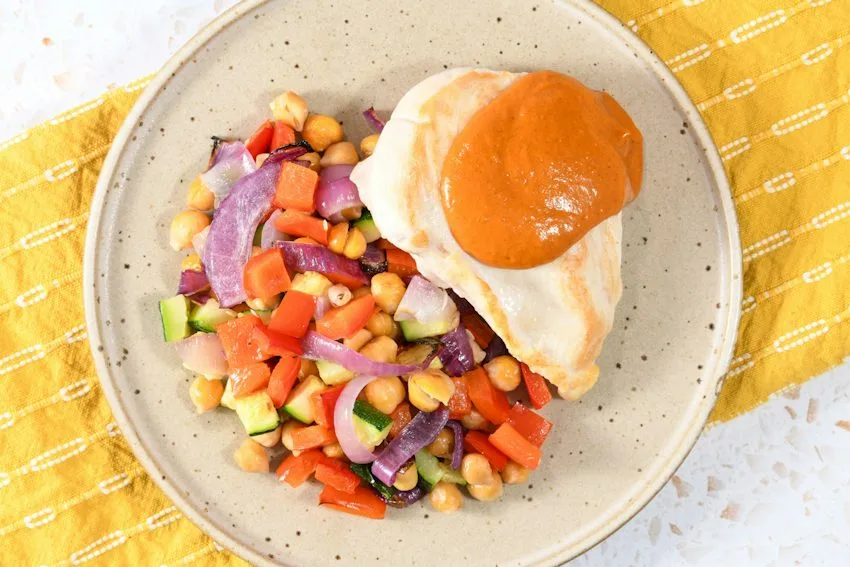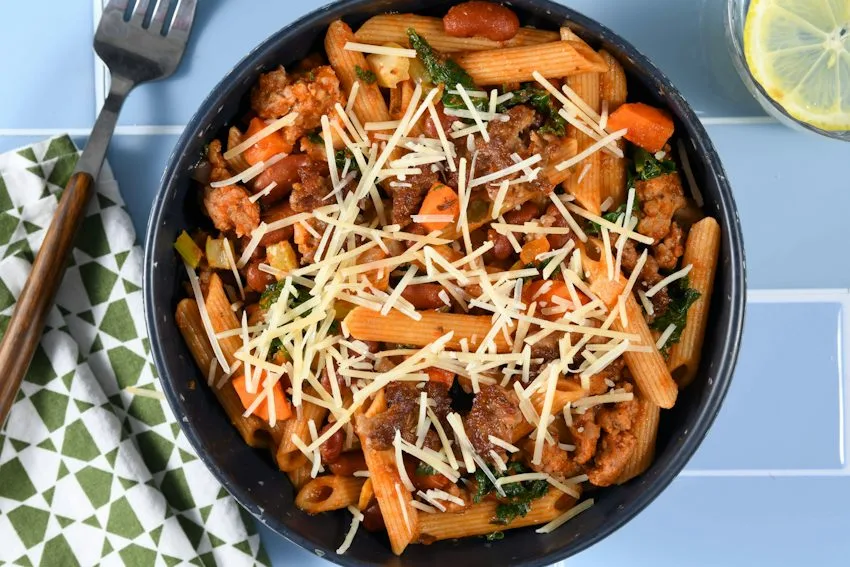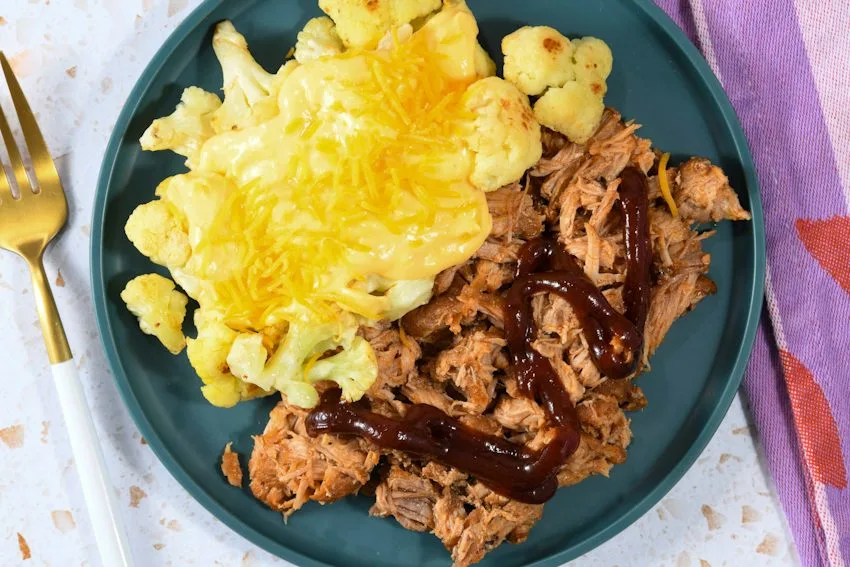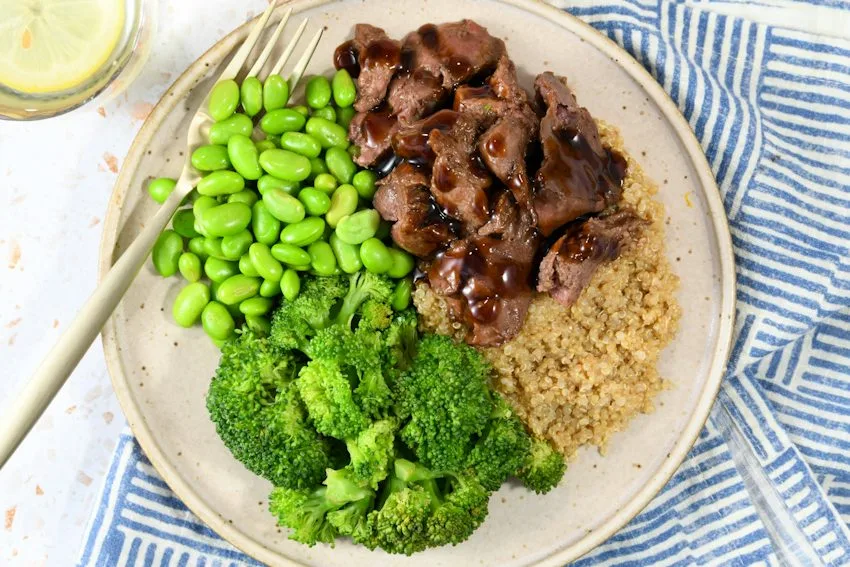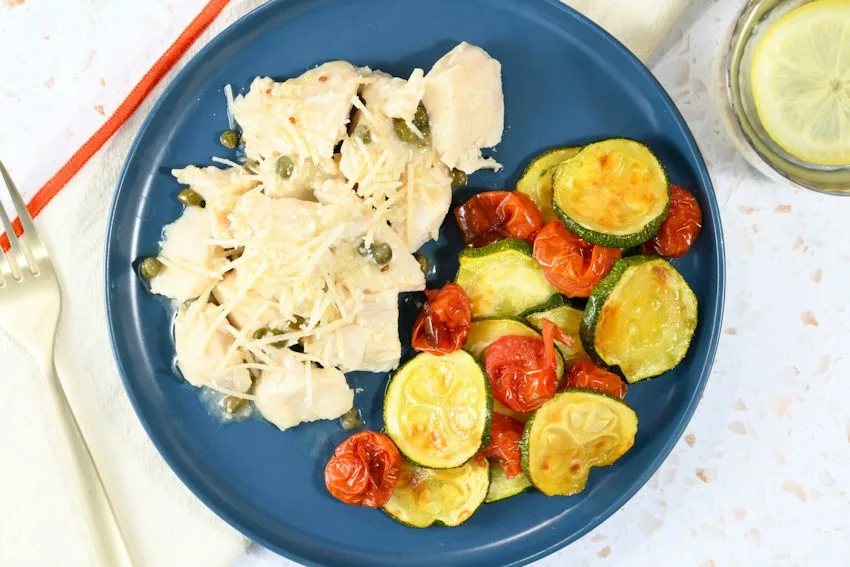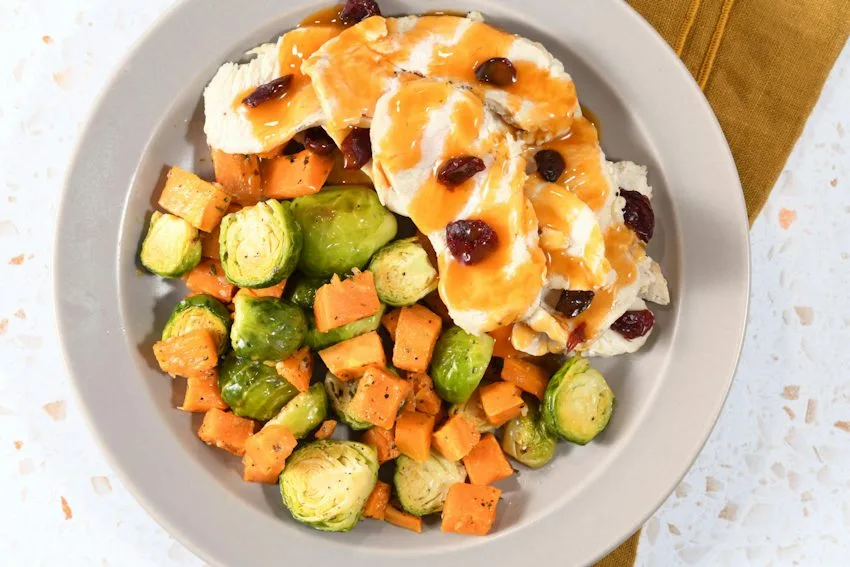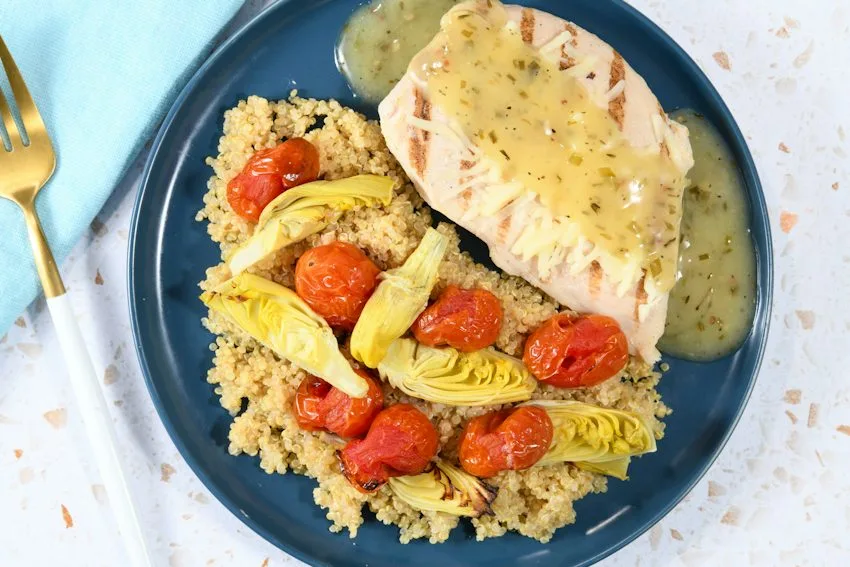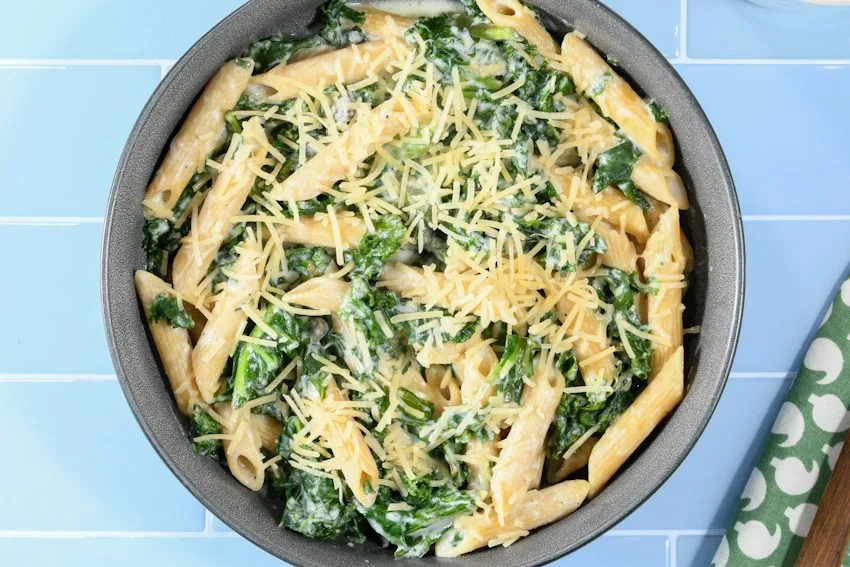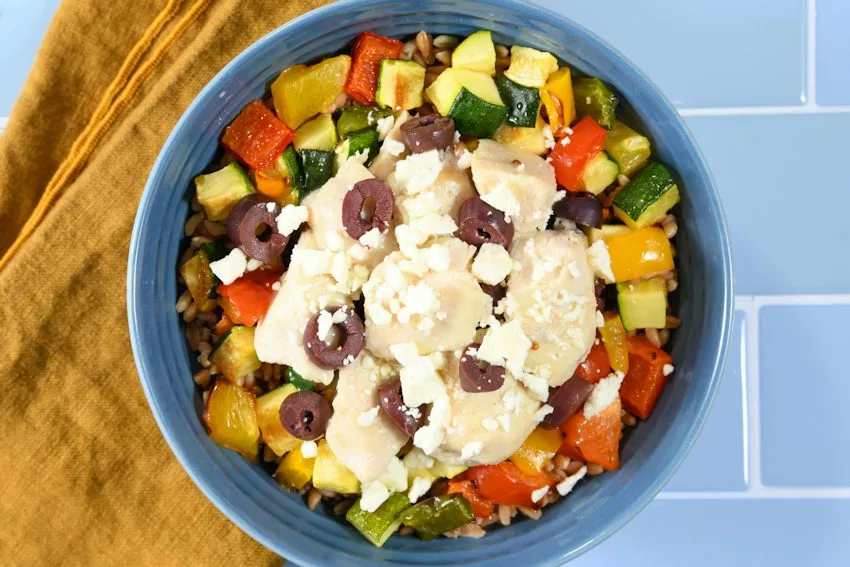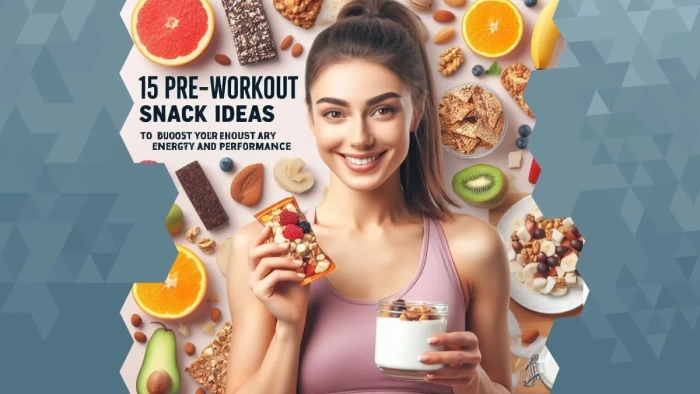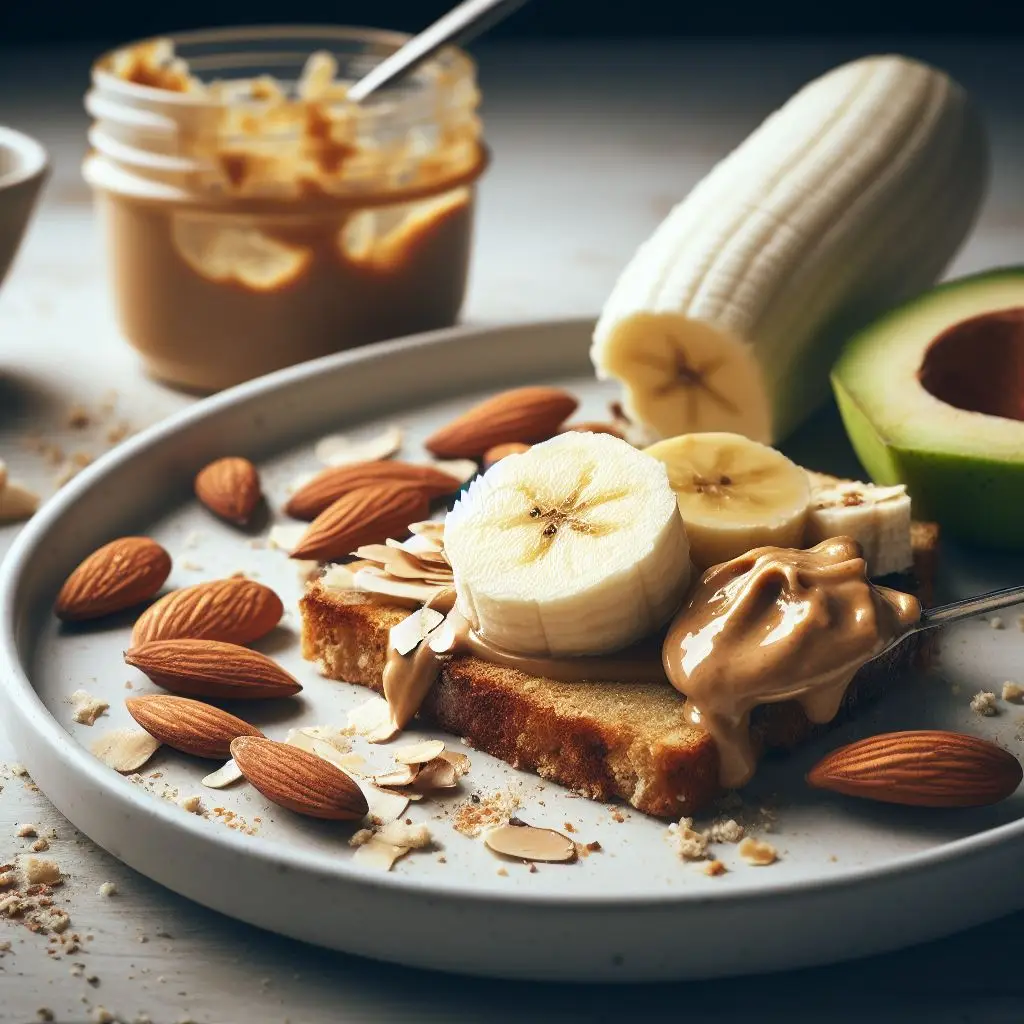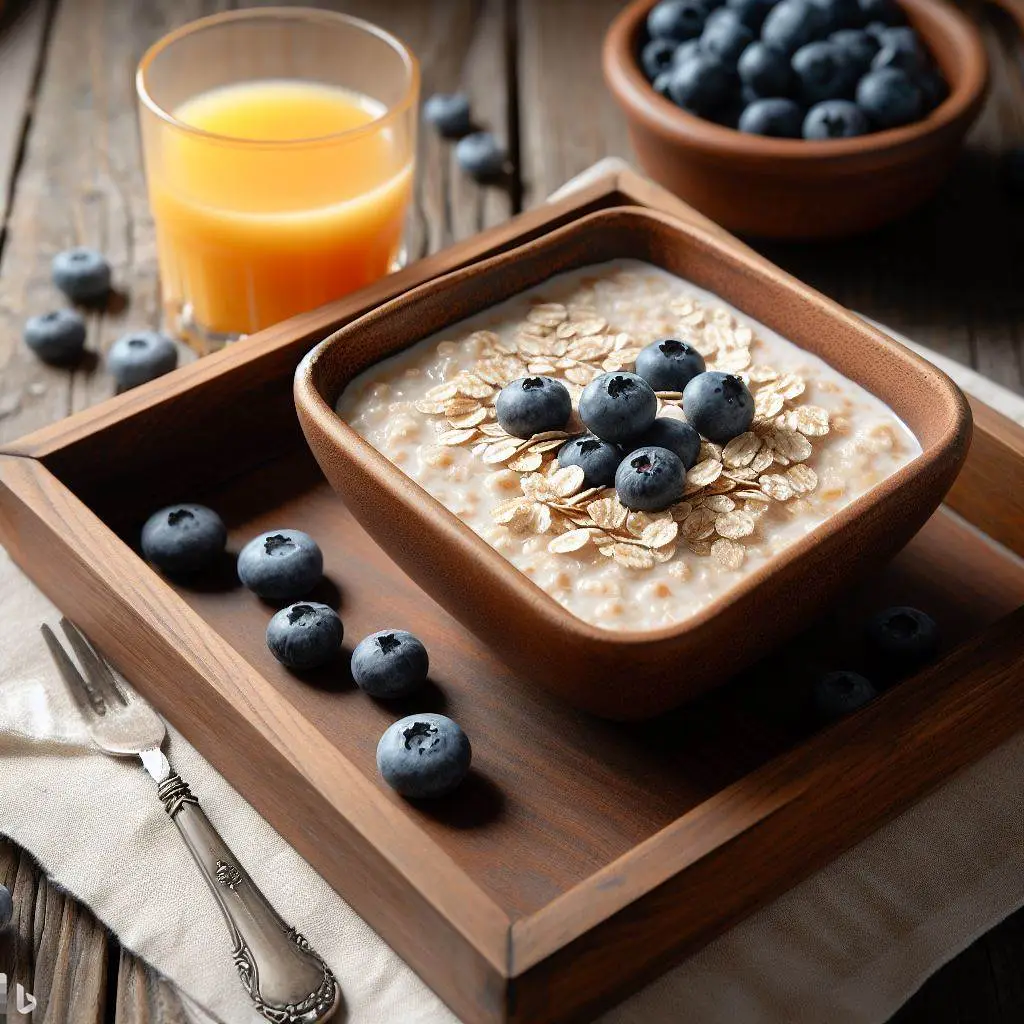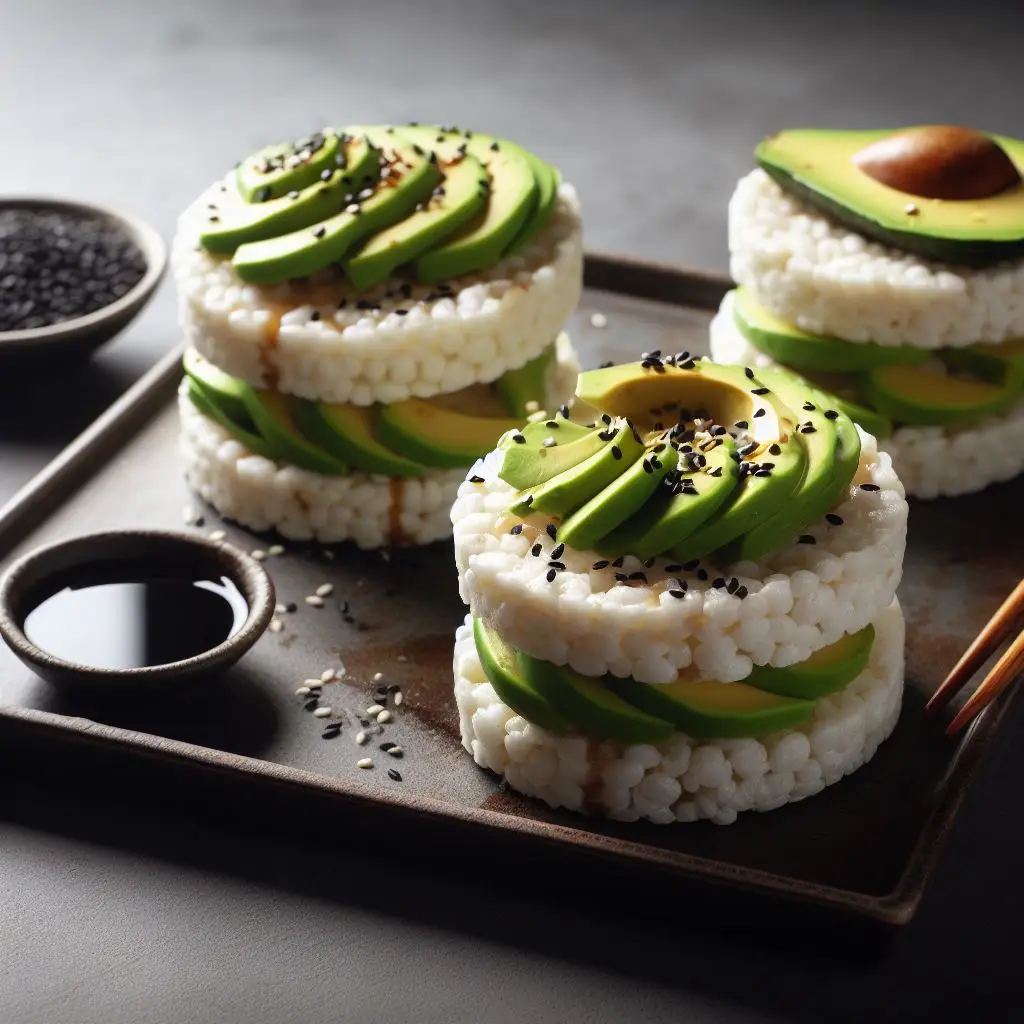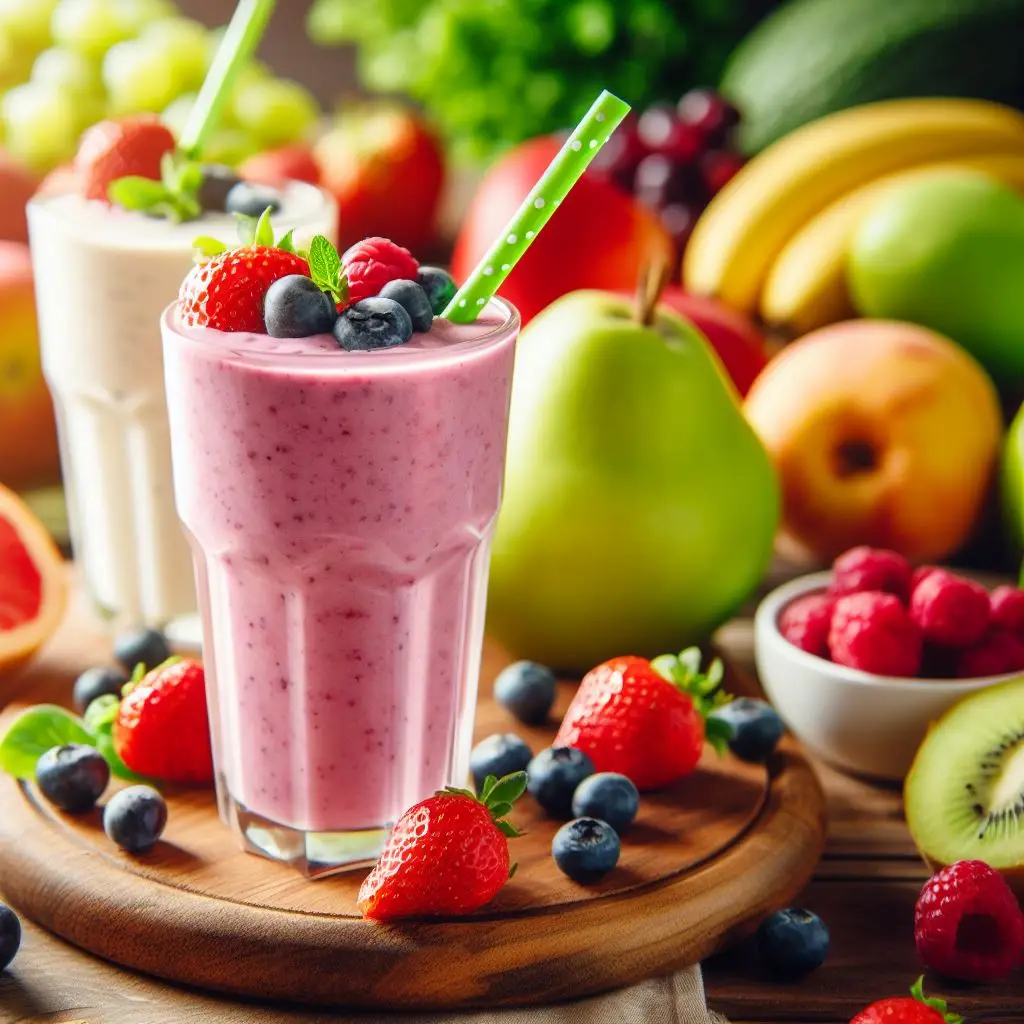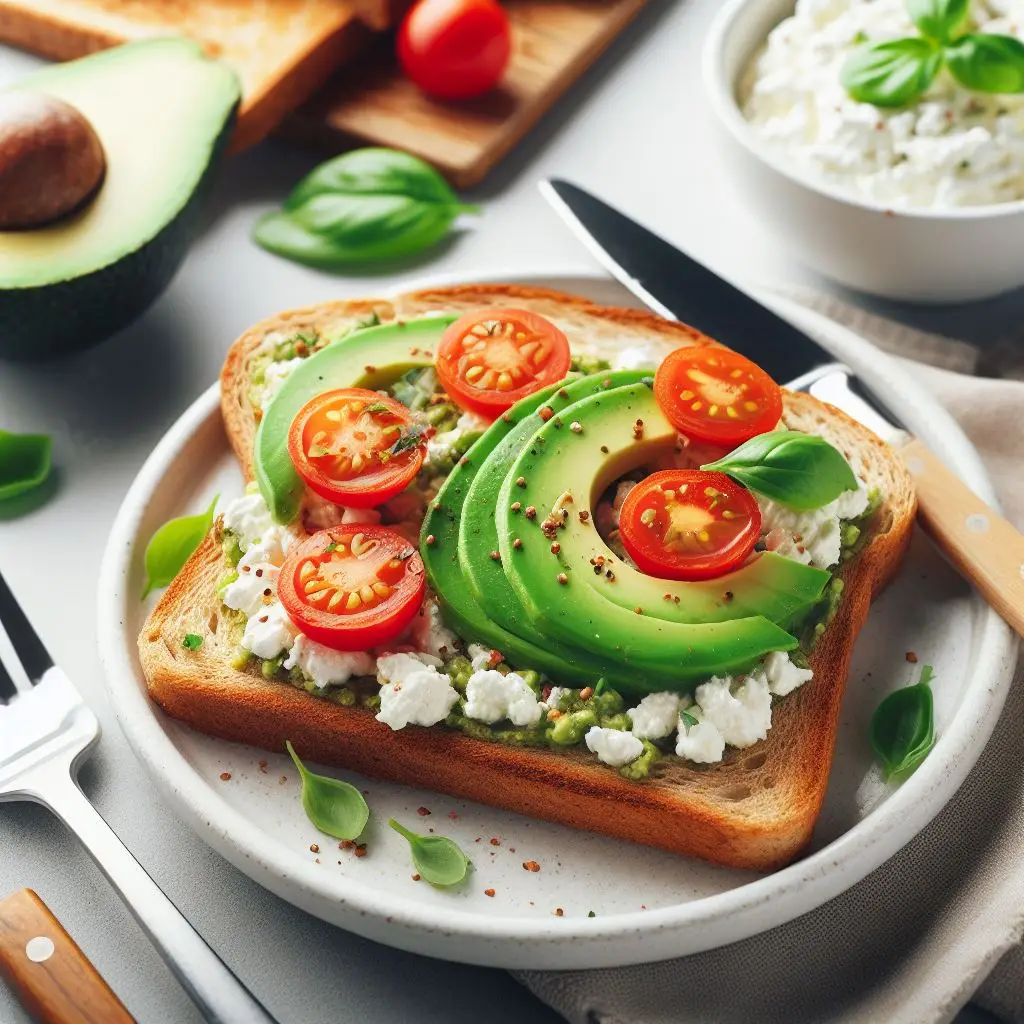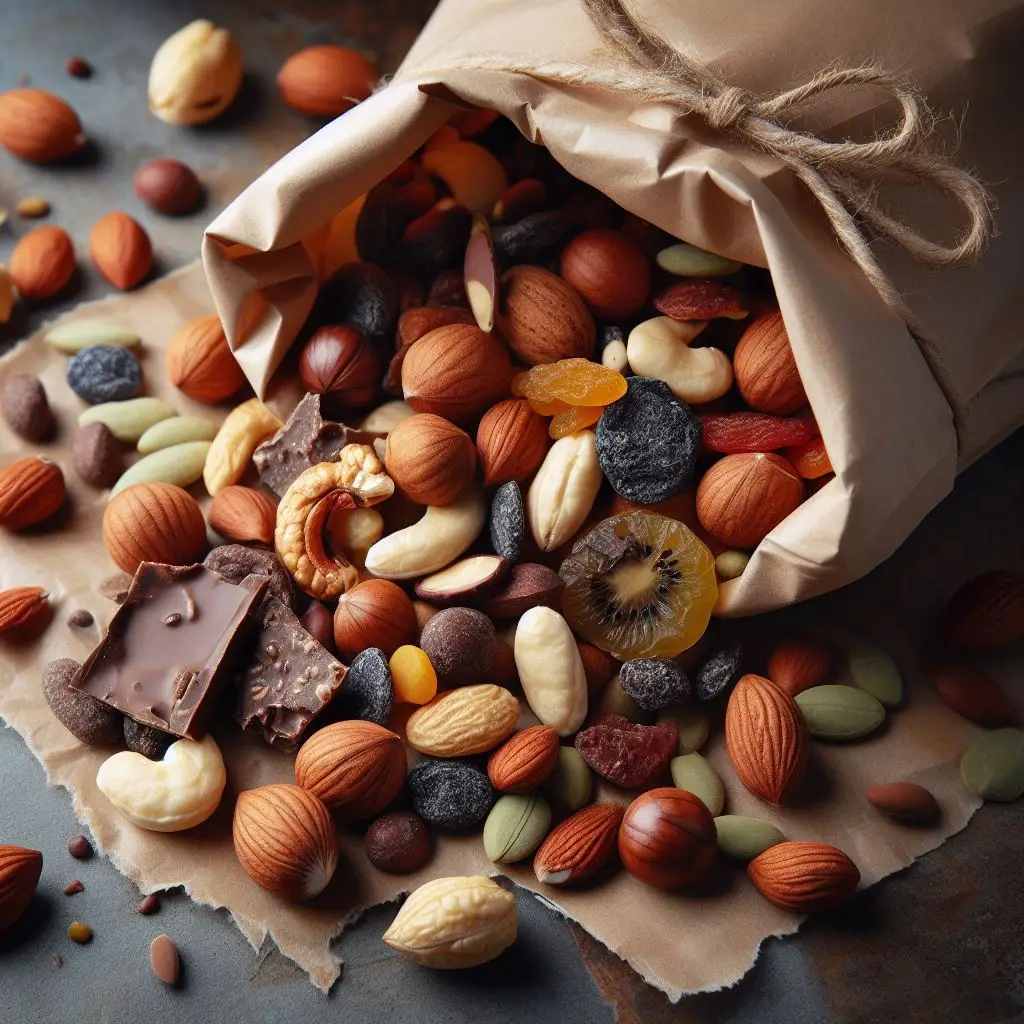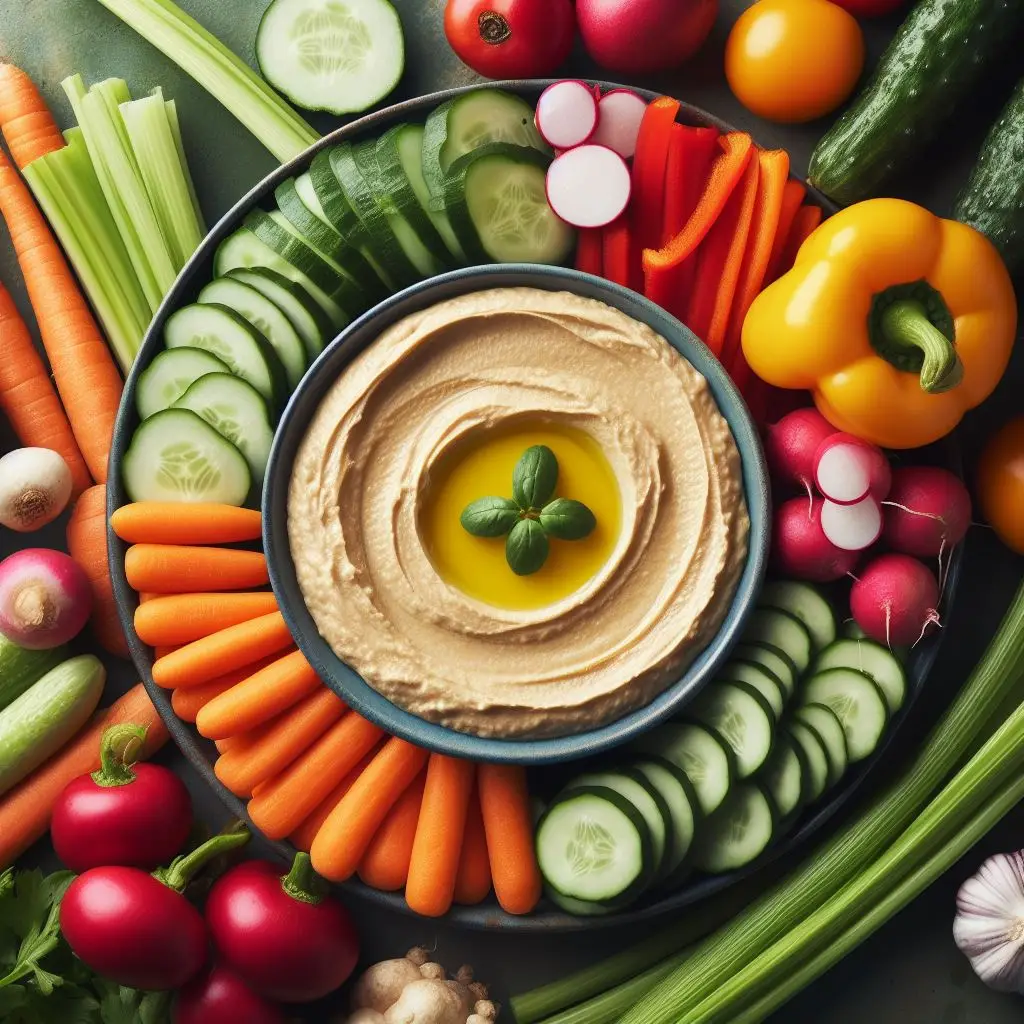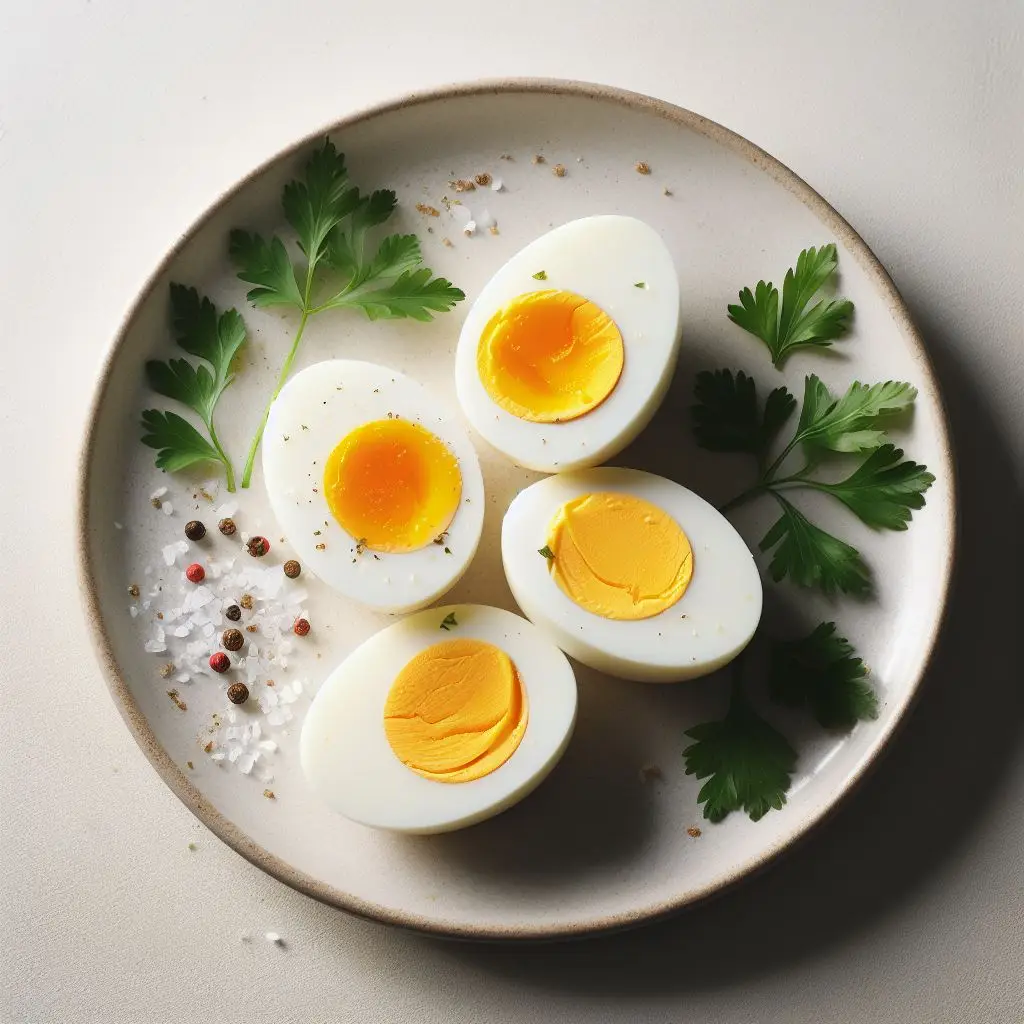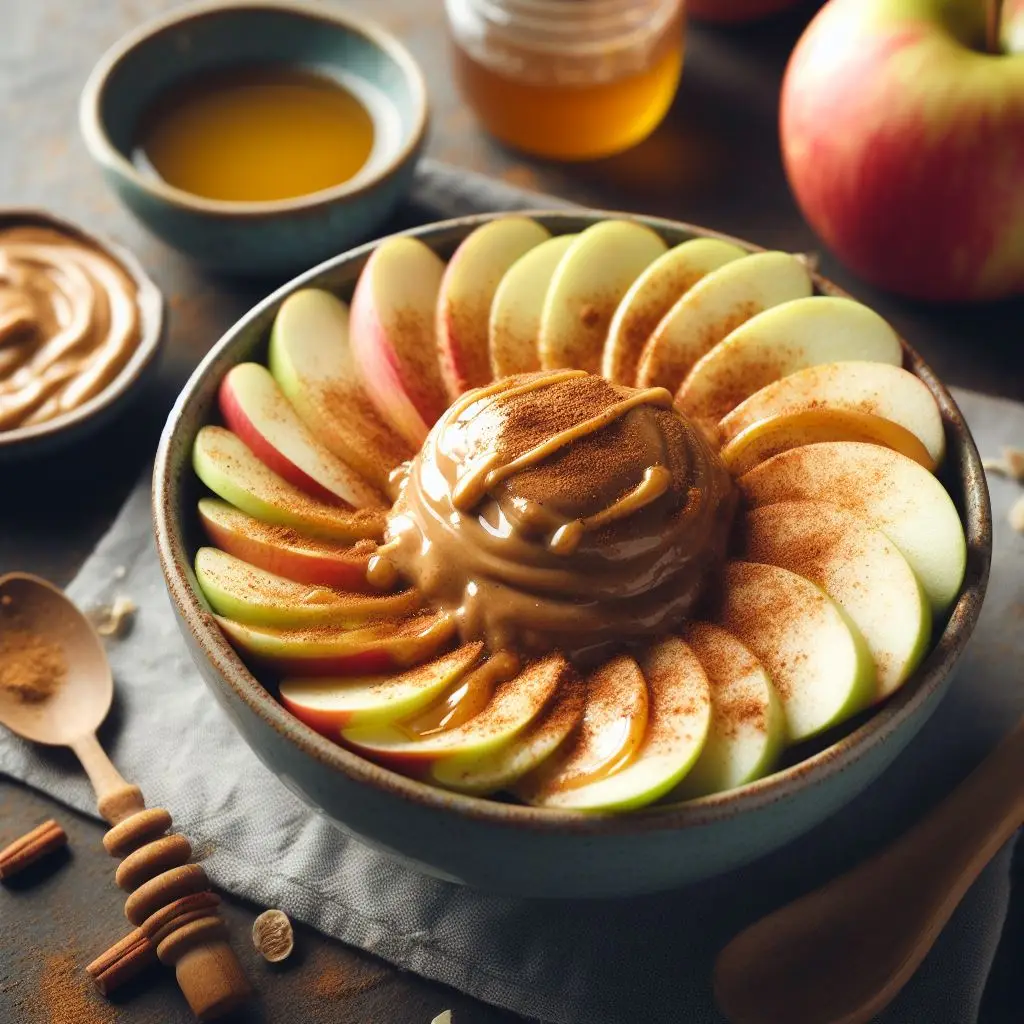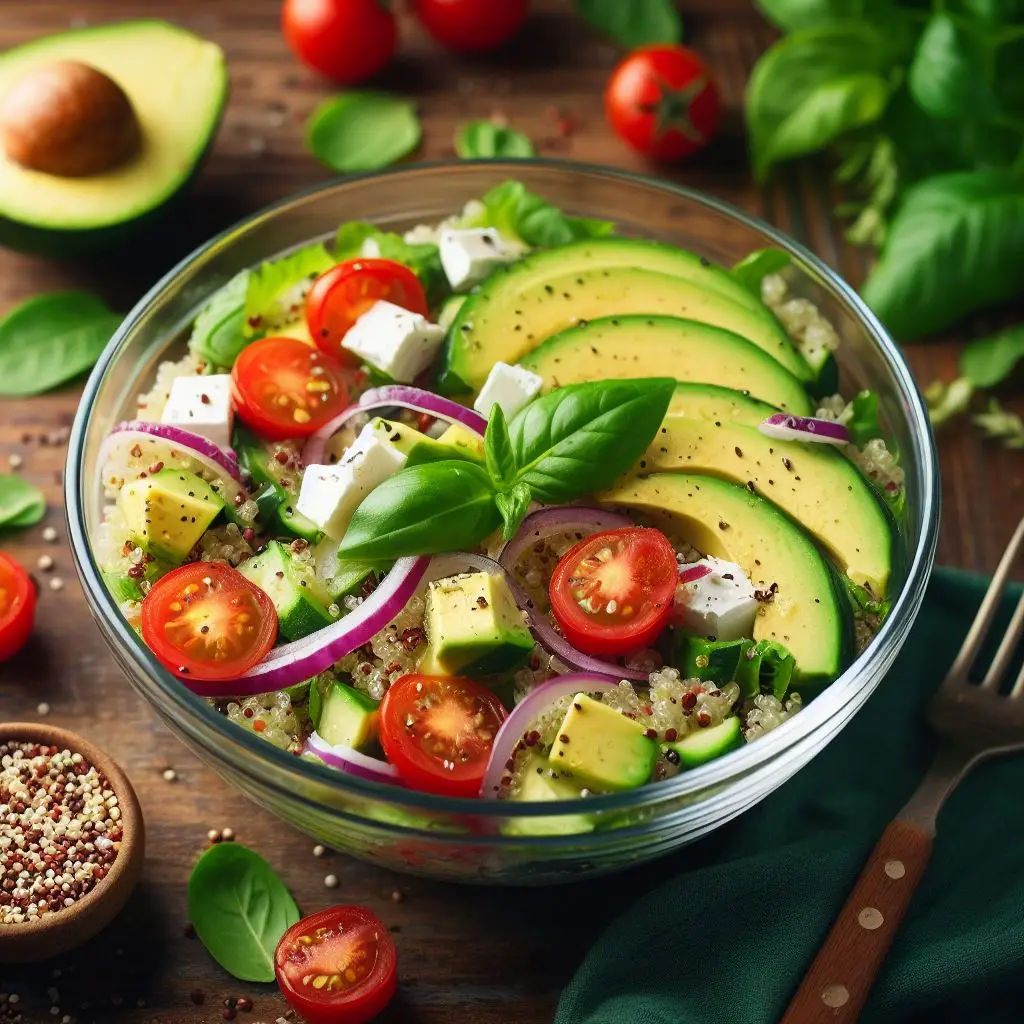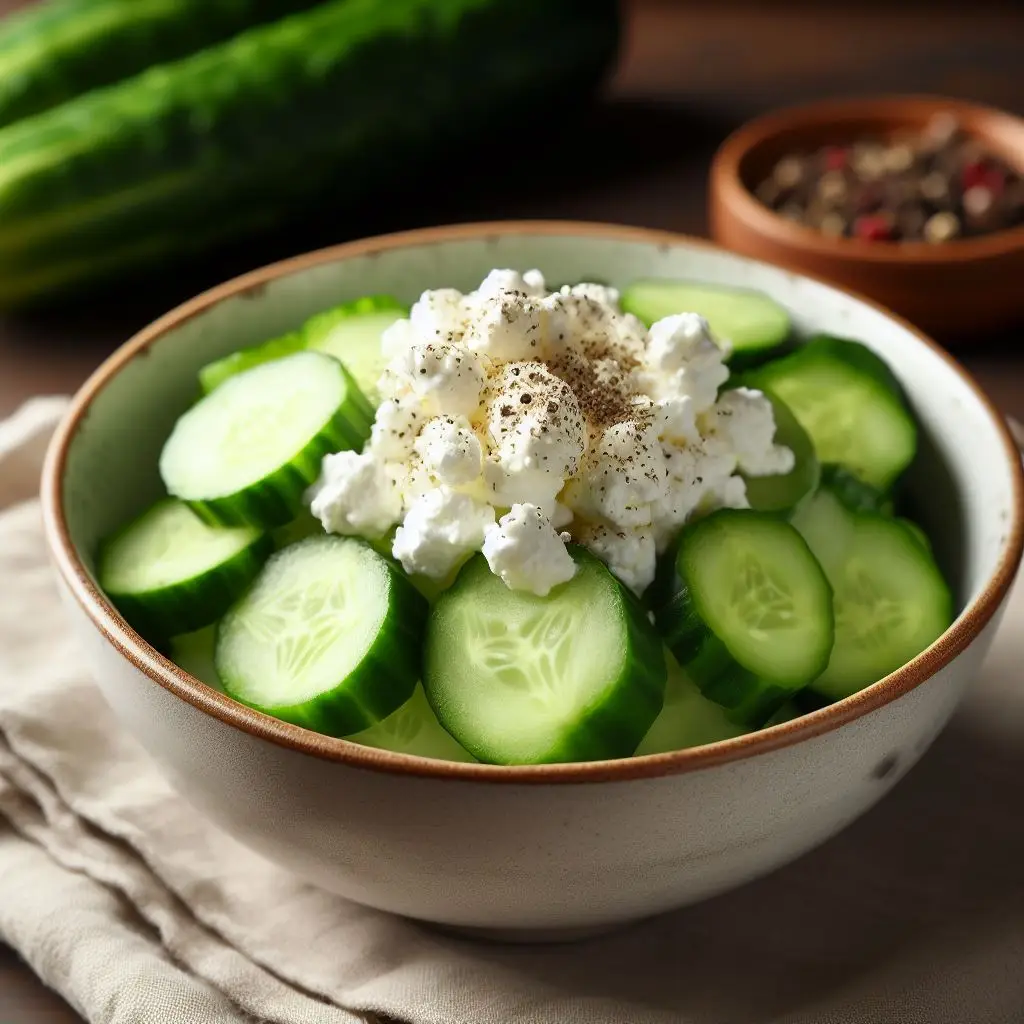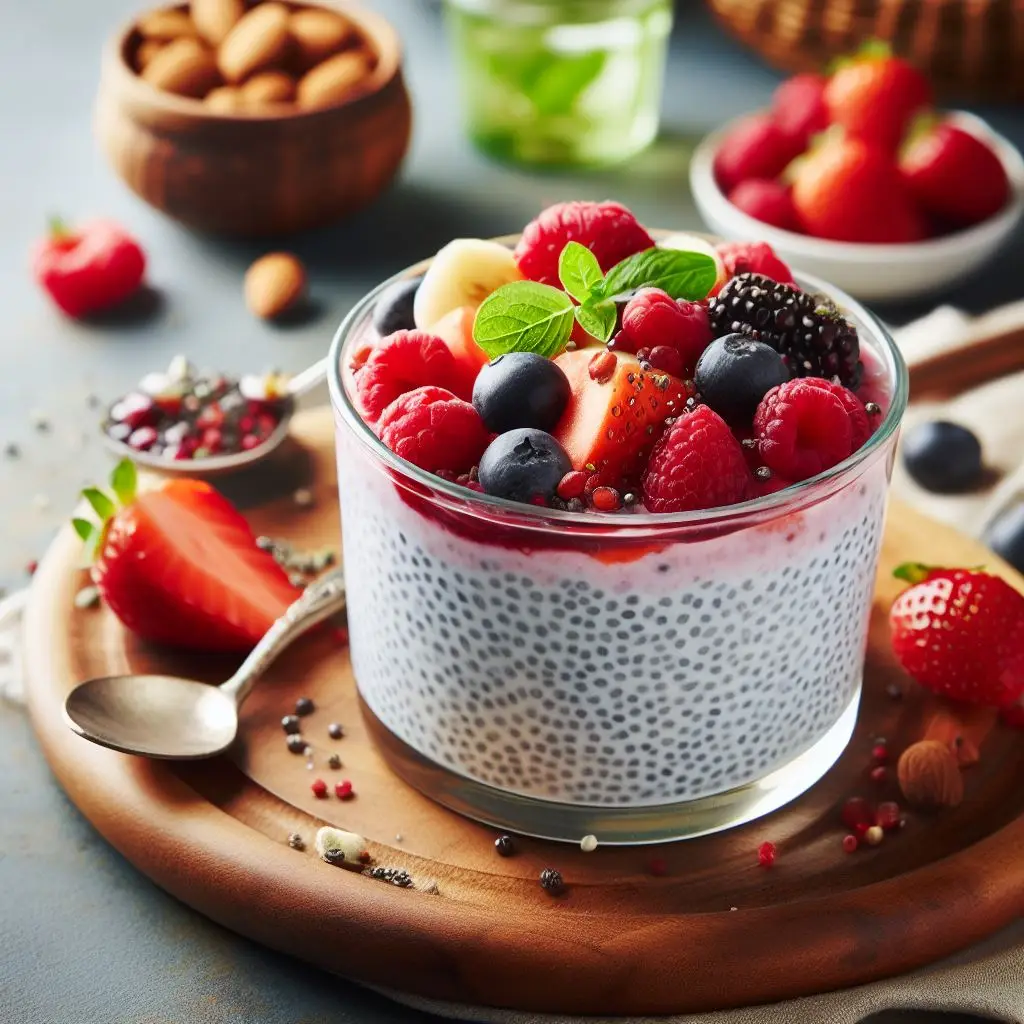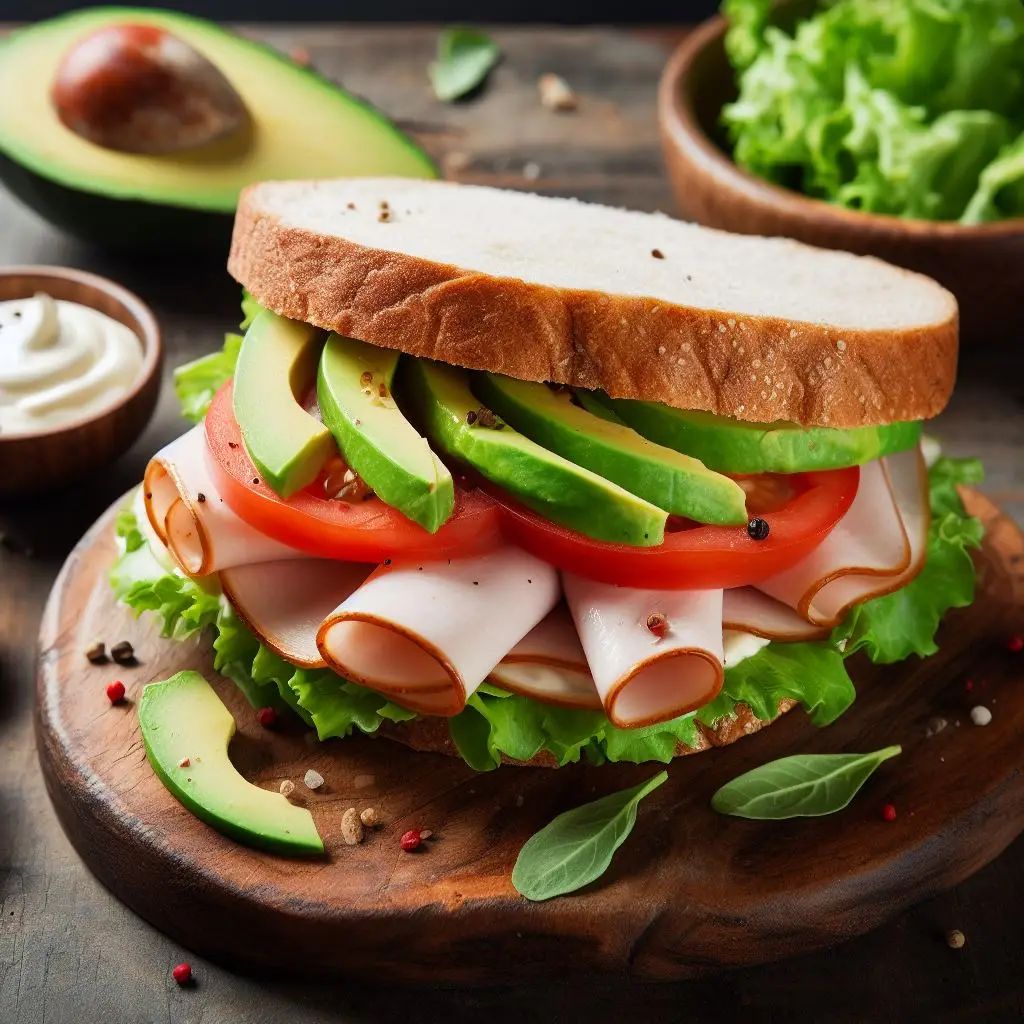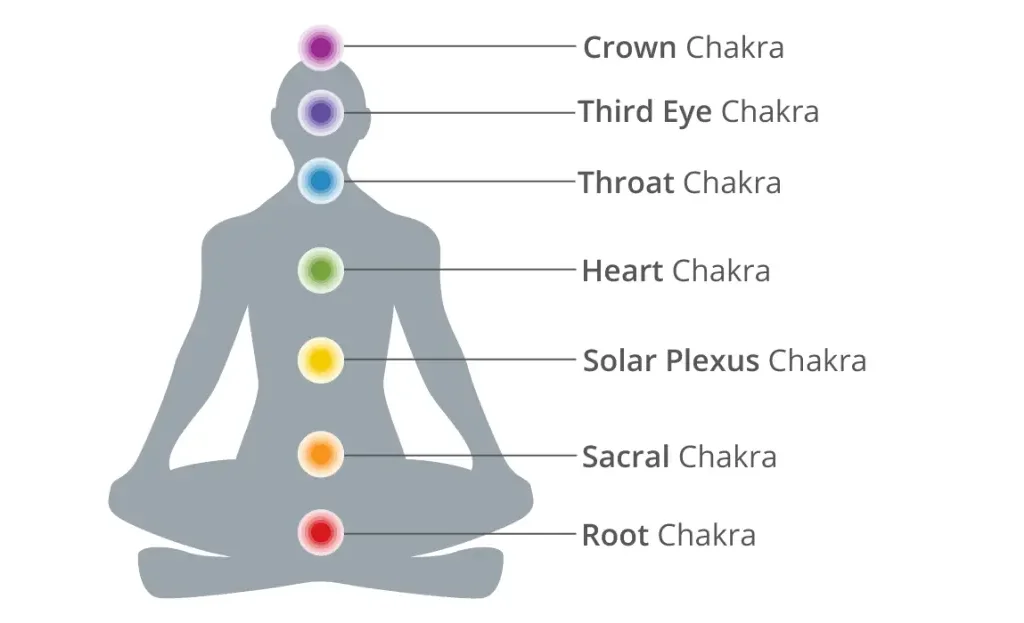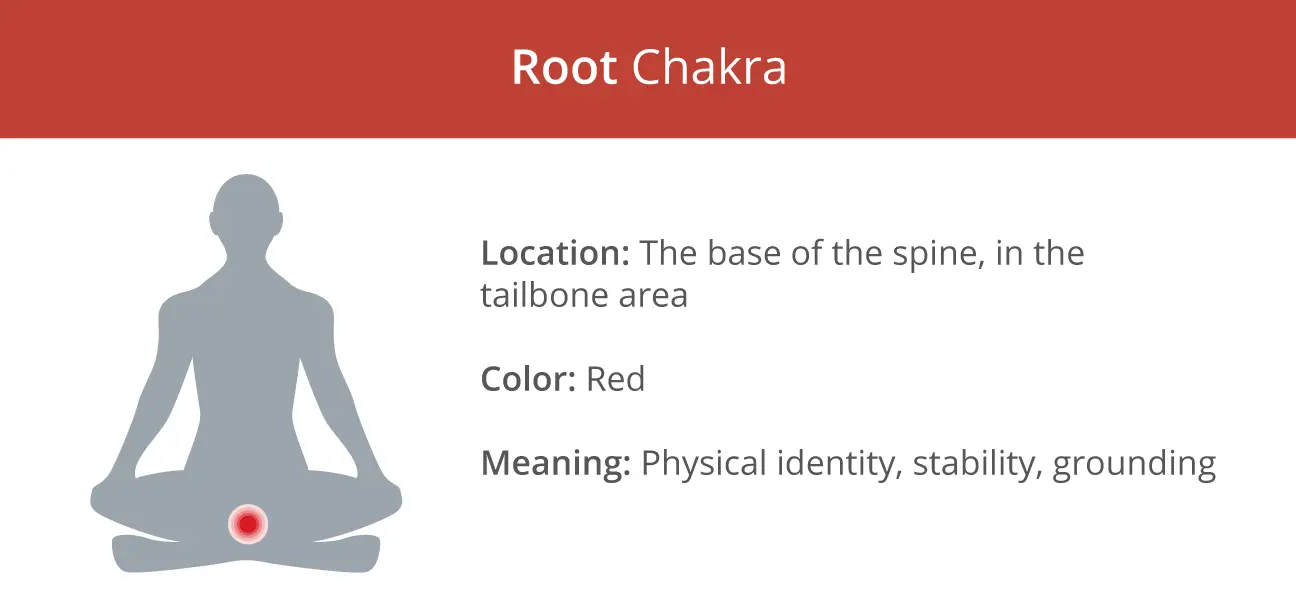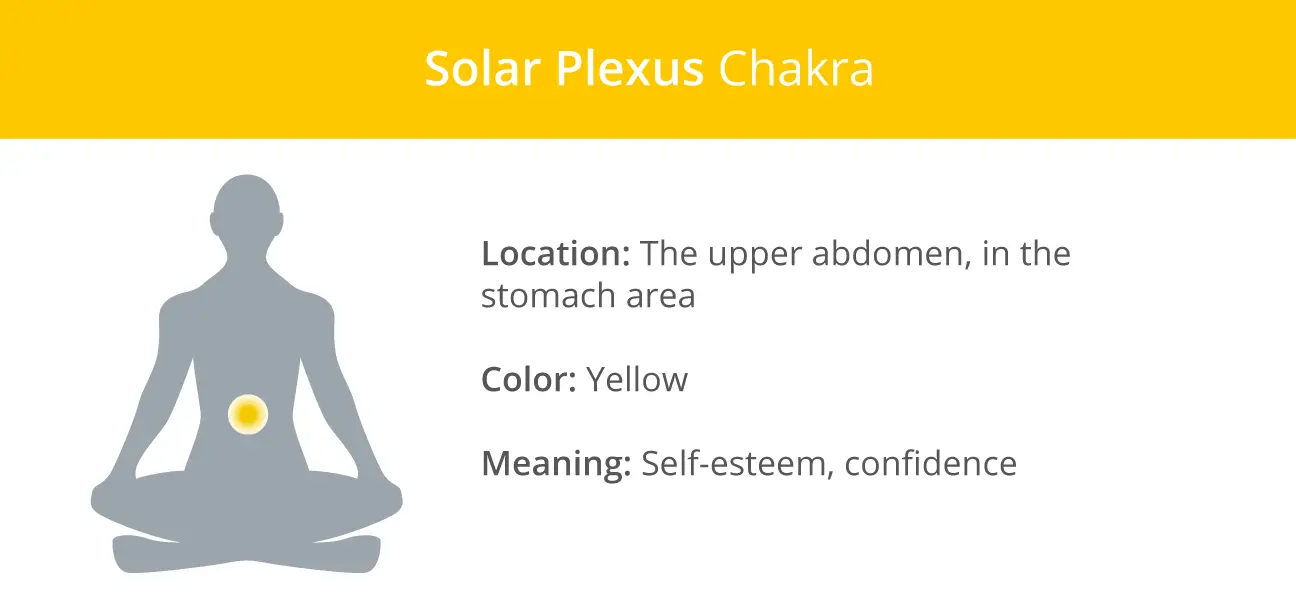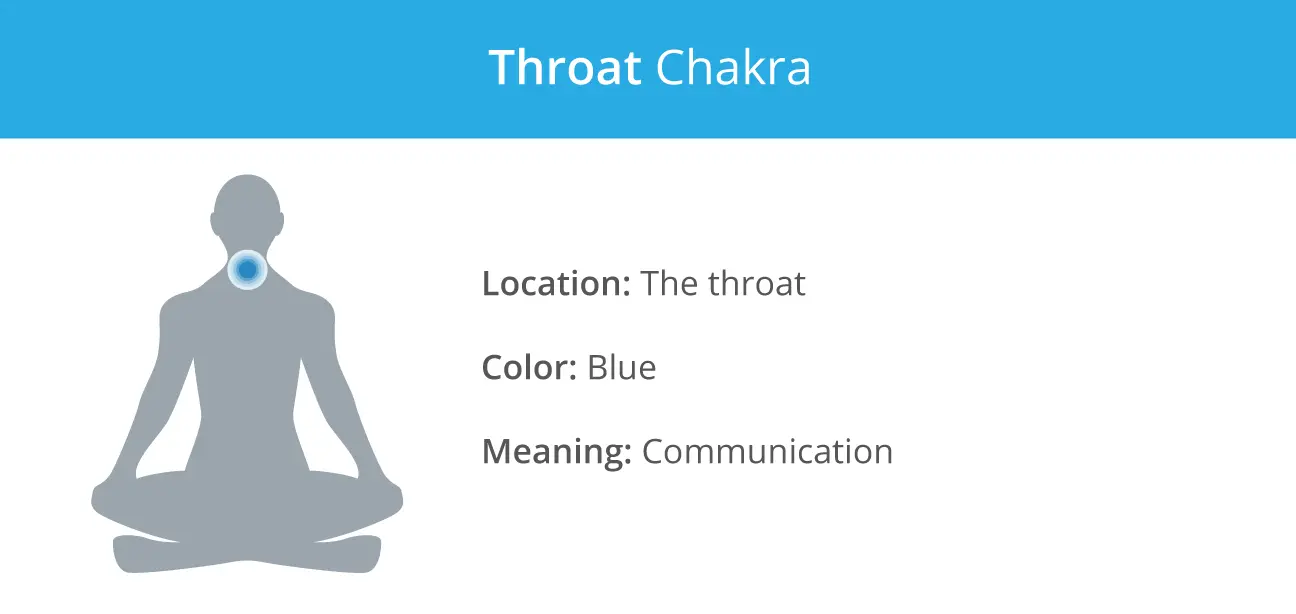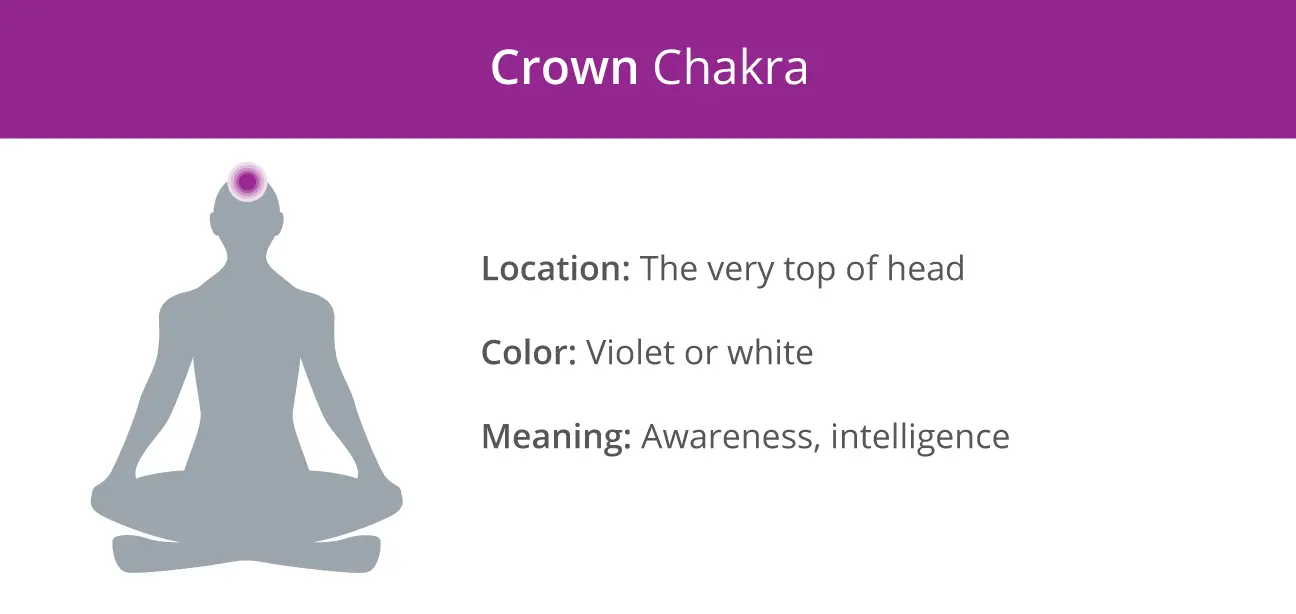If you are looking for a female workout plan that combines both effectiveness and sustainability, you might feel overwhelmed by the many options available. Some of them might be too easy for you, while others might be too unrealistic to follow. How can you find the best female workout plan for your goals and lifestyle? In this article, we will explore some of the factors that make a good female workout plan and some of the examples that you can try.
The Desired Physique: Strength and Tone
Many women aspire to achieve a physique that combines strength and tone, a fitness goal that requires developing muscles while shedding excess fat. This balance is not easy to attain, but it can be done with a scientific and pragmatic approach to training. In this article, we will outline a blueprint for women who want to fortify, streamline, and instill confidence in their bodies.
Strength training is a key component of any fitness plan, especially for women who want to enhance their muscle mass and definition. Strength training can also provide many health benefits, such as reducing the risk of chronic conditions like arthritis, obesity, heart disease, and diabetes. Moreover, strength training can improve cognitive function and mood in older adults.
However, not all strength training programs are equally effective for women who seek strength and tone. Some factors that can influence the results are the type, intensity, frequency, and variation of the exercises. According to a study by Fonseca et al, exercise variation can have a significant impact on muscle thickness, maximal strength, and muscular endurance. The study compared two groups of women who performed either a constant or a varied resistance training program for 12 weeks. The results showed that the varied group had greater increases in muscle thickness, maximal strength, and muscular endurance than the constant group.
Therefore, women who want to achieve strength and tone should incorporate exercise variation into their training routines. This can be done by changing the exercises, the load, the number of repetitions, the rest intervals, or the order of the exercises. Exercise variation can prevent boredom, stimulate muscle growth, and challenge the body in different ways.
Another important aspect of achieving strength and tone is nutrition. Women who want to build muscle and lose fat need to consume enough protein, carbohydrates, and healthy fats to support their training and recovery. Protein is essential for muscle synthesis and repair, and it can also help reduce hunger and increase metabolism. Carbohydrates are the main source of energy for the muscles, and they can also replenish glycogen stores after exercise. Healthy fats can provide essential fatty acids, vitamins, and hormones that regulate inflammation, immunity, and mood.
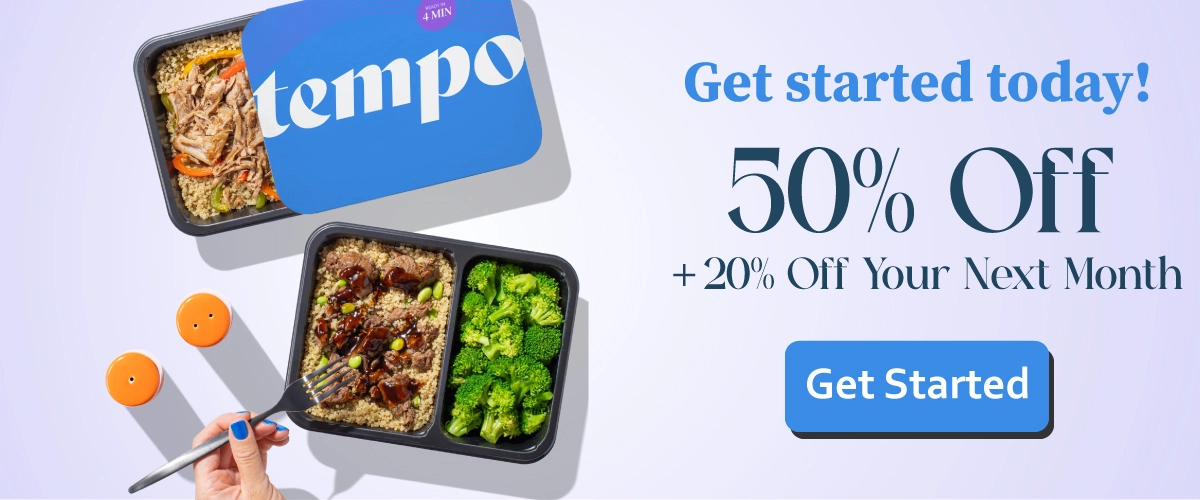
The amount and timing of these macronutrients can vary depending on the individual’s goals, body type, and preferences. However, some general guidelines are to consume 1.2 to 1.6 grams of protein per kilogram of body weight per day, to eat complex carbohydrates before and after exercise, and to include moderate amounts of healthy fats throughout the day. Additionally, women should drink plenty of water to stay hydrated and avoid alcohol, sugar, and processed foods that can hinder their progress.
Achieving a physique that balances strength and tone is a challenging but rewarding fitness goal for many women. By following a scientific and pragmatic approach to training and nutrition, women can develop muscles, shed fat, and boost their confidence. For more information and inspiration, check out these articles on women’s fitness statistics and transgender women in sports.
Five-Day Focus: Lower Body and Cardio

Over the five days of this strategic workout plan, emphasis will be firmly placed on lower body exercises and cardio. This targeted approach aims to guide you towards attaining that slender and robust form.
Each muscle group gets the attention it deserves, promoting a balanced appearance and reaping the full rewards of comprehensive training.
Importance of Cardiovascular Exercises
Cardio exercises play a crucial role in enhancing oxygen flow to muscles and facilitating fat reduction, contributing to a sculpted, toned aesthetic.
For any cardiovascular activity, starting at a moderate pace is advised, gradually increasing intensity every two minutes until reaching the desired exertion level—a perfect warm-up strategy.
Structuring the Female Workout Plan
This exercise program spans eight days:
- Five Days of Weight Training
- One Day of High-Intensity Interval Training (HIIT)
- One Day of Low-Intensity Steady State Cardio (LISS)
- Two Days of Rest for Essential Recovery
Note: For those with joint discomfort, consider substituting HIIT with LISS.
Understanding the Concept of “Toning”
The term “toning” conveys a desire for defined musculature without excessive bulk. In reality, it involves building strong muscles while maintaining a low body fat percentage—a visually appealing outcome.
Nutrition’s Role in Toning
To achieve the desired toned appearance, meticulous attention to nutritional intake is imperative. Incorporating light, moderate, and heavy resistance in your lifting routine contributes to muscle definition and boosts metabolism, promoting increased fat burn during rest periods.
Repetition Ranges for Optimal Results
All repetition ranges offer efficacy, yet some are more sustainable. In this female-centric training regimen, the primary emphasis is on repetitions ranging from 8 to 15, promoting strength and enduring muscle stamina.
Bodyweight Exercises for Flexibility
Bodyweight exercises, free from external resistance, offer flexibility in the repetition range. Unencumbered by a fixed load, these exercises involve deliberate muscle contraction and relaxation, demanding less exertion while proving highly effective in fortifying targeted muscle groups.
Warm-Up Strategies
During warm-ups, start with a lighter load to activate muscles and joints, acclimating them to higher-intensity motions, thus minimizing injury risks.
Warm-Up Commencement:
| Wide Stance Bodyweight Squat | 2 sets x 12-15 repetitions |
| Wide Stance Barbell Squat | 4 sets x 8-12 repetitions |
| Romanian Deadlift | 4 sets x 8-12 repetitions |
| Barbell Glute Bridge | 4 sets x 12-15 repetitions |
| Glute Kickback | 4 sets x 12-15 repetitions per leg |
Warm-Up Bench Session:
| Bench Press | 4 sets x 8-12 repetitions |
| (Knee) Push-Up | 4 sets x 8-12 repetitions |
| Lat Pulldown | 4 sets x 12-15 repetitions |
| Seated Cable Row | 4 sets x 12-15 repetitions |
Warm-Up Core Session:
| Crunches | 2 sets x 10 repetitions |
| Roman Chair Leg Raise | 4 sets x 12-15 repetitions |
| Roman Chair Oblique Leg Raise | 4 sets x 12-15 repetitions per side |
Warm-Up Lower Body Session:
| Stiff-Legged Barbell Deadlift | 4 sets x 12-15 repetitions |
| Barbell Glute Bridge | 4 sets x 12-15 repetitions |
| Reverse Lunge | 4 sets x 8-12 repetitions per leg |
| Standing Calf Raise | 4 sets x 12-15 repetitions |
Warm-Up Upper Body Session:
| Standing Barbell Shoulder Press | 4 sets x 8-12 repetitions |
| Side Lateral Raise | 4 sets x 12-15 repetitions |
| EZ Barbell Bicep Curl | 4 sets x 12-15 repetitions |
| Tricep Dips | 4 sets x 12-15 repetitions |
Cardio Sessions:
| LISS Cardio (Treadmill/Bike – Moderate) | 30 minutes |
| HIIT Cardio (Treadmill/Bike – Vigorous) | 10 rounds – 20 seconds work – 40 seconds recovery |
Embark on this comprehensive workout routine for eight weeks to witness significant transformation. After this period, consider introducing variations to keep the momentum alive.







